
How to Use Chatbots to Automate Lead Generation (with Examples)
Over the years, B2B businesses have employed various tools and solutions to improve their sales funnel and enhance their customer support. One such solution is the chatbot—which is making all the news in the B2B content marketing industry, as the next big thing to help businesses in their efforts towards achieving a secure, well-communicated and efficient line of operations. As a result, chatbots are becoming a crucial tool in enhancing lead generation and improving the customer experience.
This article is going to show you how a tiny little chatbot can yield big returns for your business. We’ll cover:
- The B2B benefits of chatbots and the features that drive them.
- How to use chatbots to automate lead generation and personalize your buyer’s journey.
- Tips and facts on how to optimize your chatbot’s conversations with your audience.
The features and benefits of chatbots for businesses
With the constant influence of AI in marketing, chatbots are now becoming a tool to enhance customer experience as well as transform the entire way in which brands and individuals interact on the digital and physical level. Also, with the abilities to provide personalized responses, contextual chat interfaces, and smart virtual assistants, chatbots have significantly eliminated the need for dedicated human resources, thus saving money for the company.
Some of the most important areas where chatbots truly help organizations include accelerating their sales processes, building a more coherent and stronger email automation system, and providing robust and unparalleled customer support to their clients. With a correct chatbot implementation, B2B organizations can expect to not only increase their sales but also to improve their customers’ journey and retain them for a long period of time. Also, it is important to mention that chatbots have been qualified as tools for efficient lead generation as well since it provides an intuitive interaction platform for the users who wish to clear queries or initiate a business. Let’s dive into more of the benefits of chatbots for businesses.
1. Chatbots complement email communication
According to Develux, in the B2B industry, email automation presents a huge opportunity. It provides a personalized and focused approach towards lead generation and is known as one of the best lead conversion tools for B2B marketers. However, Develux also claims that what email automation can do, website chatbots can make happen twice as fast and with negligible intervention.
Drew Chenelar from SimpleMoneyLyfe explains this very well:
“Chatbots are the first feature of your brand to interact with customers. B2B brands utilize chatbots to help consumers answer questions, navigate various parts of a website, and act as a 24/7 customer service representative. This efficiency helps B2B brands drive quality leads and convert consumers into loyal users.”
2. Chatbots can qualify leads in seconds
Chatbots have the potential to deliver a much better experience and provide worthy results from the very beginning. Organizations now advertise their content, build brand awareness, generate potential leads and funnel them to the sales team, all with the help of chatbots. Instead of asking for a client’s email address, mailing them and waiting for a reply to start business communication, companies can now employ simple chatbot tools that set up with the preliminary communication and redirect users to the official channel. Facebook Messenger or WhatsApp for Business are great examples of chatbots that show how easy and interactive they can be for qualifying leads within seconds.
For instance, if you are on Hubspot’s Facebook Page, the messenger chatbot automatically pops up to help you “get started.” The moment you click on the ‘”get started” option, the automated greeting message is displayed to kickstart your conversation as well as guide you with immediate actions that you can take—like subscribing to their blog or checking out their free tools. It’s easier for Hubspot to get new subscribers in a click than asking new leads to manually sign up. They can automatically map their Facebook lead chats to emails, and continue with effective email campaigns.
3. Chatbots enhance the B2B customer experience
Customers today are more inclined towards instant messaging. Try to think from a personal perspective: You spend a majority of your time chatting with your team members on your Slack channel than in person. You are more on iMessenger or WhatsApp to talk to other people.
It isn’t surprising, then, that this trend has transcended to businesses communicating with other businesses as well. Twilio’s recent survey revealed that nine out of ten customers prefer to use messaging to talk to a business.
Nine out of ten customers prefer to use messaging to talk to a business.
Smart businesses are already aware of a better way to do business—and that has prompted steady growth in the use of live chatbots to interact with customers. In fact, the chatbot market is set to touch $1.25 billion by 2025. These bots are so intricately designed that they feel less robotic and more human while conversing.
The chatbot market is set to reach $1.25 billion by 2025
4. Chatbots increase ROI
The best part is that businesses are seeing a tangible return on their investment into their chatbots. For instance, Movistar, one of the biggest telcos in Spain and Latin America, increased customer retention by 80% and reduced costs by 30% after implementing an AI-powered customer service solution.
According to these live chat statistics from Tidio, many businesses report a live chat ROI of So how can you see successful returns?
How to use chatbots to automate lead generation
Vartika Kashyap, the CMO of ProofHub, a leading project management and team collaboration software, says:
“Chatbots have not only simplified lead generation compared to any other option, but also made the process a lot faster, which clearly explains why every business is looking to invest in these AI-powered systems. With the chatbot market expected to grow into a market of $1.3 billion by 2024, there’s no doubt that chatbots are the present and the future of business communication and lead generation.”
1. Create buyer personas
In order to use chatbots to automate lead generation, you need to sync your customers’ sentiments and profile with your chatbot. But you cannot define your customers by a single value point. Each customer has a distinct buyer profile that you need to monitor. Collectively speaking, you may first need to narrow down your target customers on a broader scale like age, gender, country, profession, and so on.
In marketing terminology, we call it creating a buyer persona and a 360-degree lead profile. A buyer persona is ideally the most exact replica of your target buyer. Based on this persona(s) (you may have more than one), you can then create filters to attract the right kind of leads to your platform.
2. Use the buyer personas to create appealing messaging around your offering
Once that is done, now you need to get into your customers’ brains to understand what makes them tick. Remember, you are trying to create a smooth user experience workflow, creating multiple touchpoints across various engagement channels. Knowing what your target customers are looking for will make it easier to create the exact solution. Just like customers are becoming well-informed, you as a solution provider will have to be doing the same.
3. Profile and segment your leads
Then comes profiling these leads and segmenting them as accurately as possible. Filtering and segmenting your leads helps you create a conversation flow for each type of lead that might be attracted to your business while browsing through your website, apps, and social channels.
As you can see, in the B2B industry, chatbots can automate and bring customer insights from every corner and help the organization better understand customer trends.
An example of using chatbots to automate lead generation
RapidMiner, a B2B tech company, provides analytics-related solutions to organizations via its own chatbot, MarlaBot. This bot determines a user’s needs in a personalized manner depending on the questions asked! This way, MarlaBot eliminates much of the tedious legwork for the sales reps who can now completely focus on the qualified leads. MarlaBot, however, also simultaneously collects customer data to improve use cases for the future.
The best part is that Marlabot quickly brings a salesperson in the loop to handle the conversation as soon as it gets an answer from the customer. This helps the salesperson to keep a track of how the conversation is panning out and when exactly they need to jump in.
How to converse with clients using chatbots
For great chatbot conversations, you need to understand the tone your customers prefer and send out replies accordingly. To offer unique customer experiences, a B2B brand also needs to understand the types of conversations their target leads or customers want to have.
The chart below shows three distinct sentiments that can accelerate a conversation.
For instance, if you are dealing with a customer who is complaining about a fraudulent credit charge, you may want to keep humour out of your chatbot’s conversation feed. You need to address the sentiments of your customer.
Typically, conversations with a chatbot can range from hate it to love it. What comes in between is more challenging than the two extremes.
Conversations that include dealing with bank cards, paying bills, or tech support do not require unnecessary jokes. Your chatbot’s tone needs to be compliant, professional, formal, and triggered to solve the issue as quickly as possible. Your chatbot’s primary goal is to resolve the issue and close it on a good note. Just remember, your customers are not in a happy place while having these conversations.
For instance, check this conversation I had regarding the cancellation of one of the Adobe tools’ subscriptions. The responses of the chatbot had a touch of empathy. In this situation, it worked wonders.
On the contrary, you have more liberty with your chatbot in conversations people love. For instance, if you own a restaurant, your chatbot might be sophisticated, personal, and knowledgeable with a tad bit of cuisine-driven humor.
The challenging part is handling everything in between the hating and loving sentiments. Conversations on checking flight statuses, enquiring about account statements, or acquiring sales information—these conversations are far away from the love-hate spectrum. Here your users are looking for information that is of high value, and your target is to give them exactly that without beating around the bush.
For instance, check this swift response from Adobe’s chatbot:
It straight-away answers the question with all the details about the account and tool validity before it is auto-renewed. It took just one message to solve the issue. This is your play area. If you can mix humor without disrupting the value proposition, do it. Else, simply stick to the professional, crisp, to-the-point answering tactics.
Folllowing these rules of sentiment and common sense, your chatbot should work well for you with little risk of backfiring. You can also tweak your bot as you get more user feedback, so be sure to monitor the conversations.
How to use chatbots to generate more leads [recap]
To sum it up, let’s review the many features and benefits of chatbots that help businesses automate their lead generation and improve the buyer’s journey:
- Enhance customer experience and interaction
- Enable personalized responses
- Save money by eliminating the need for a person to qualify visitors or stay on 24/7 support.
- Accelerate sales process
- Enhance email automation systems
- Improve customer support
- Increase sales
- Collect customer data to be used in the future
To leverage chatbots for lead generation, you need to create buyer personas, create appealing offers in line with those personas, and then profile and segment your leads. It’s also important to align your chatbot with the sentiment of your current and potential customers when they’re on your site or page. And finally, be sure to monitor the performance of your chatbot so you can make tweaks and optimizations for continuous improvement.
About the author
Pritha is the Senior Content Marketer at Automate.io. She works with global brands to drive organic growth and brand visibility. She writes on business & sales automation, consumer marketing, advertisement, and social media marketing, and has successfully contributed to G2Crowd, Martech Advisor, JeffBullas, Smart Insights, and more.


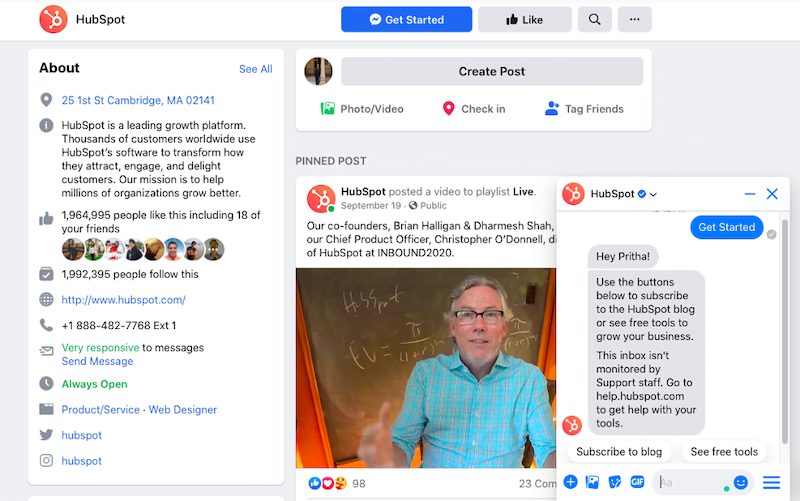

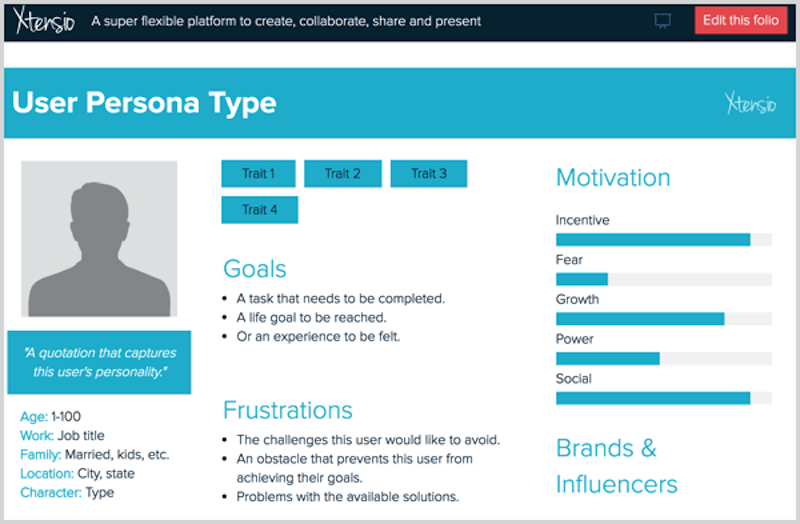
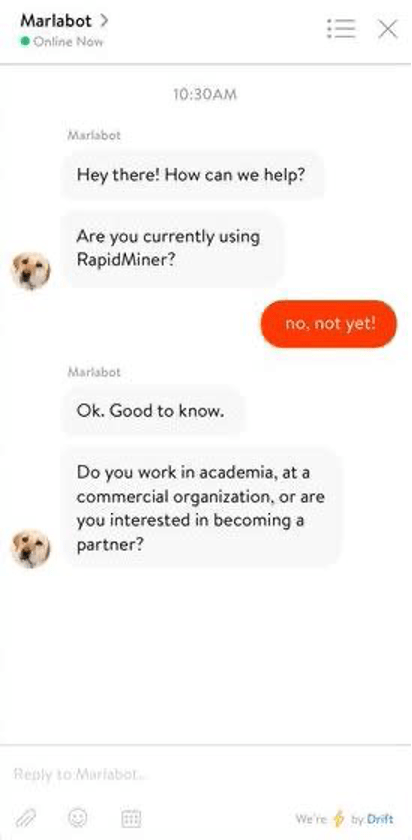
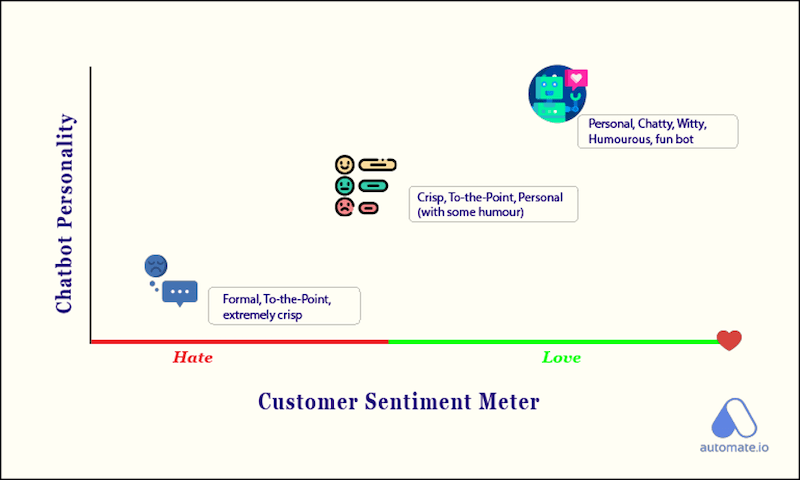
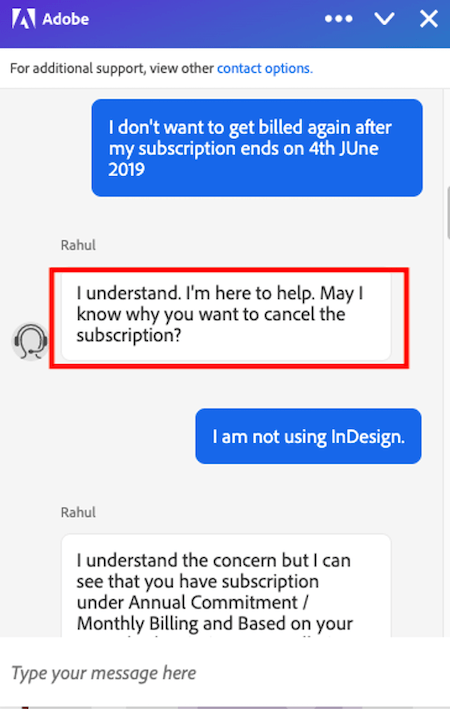
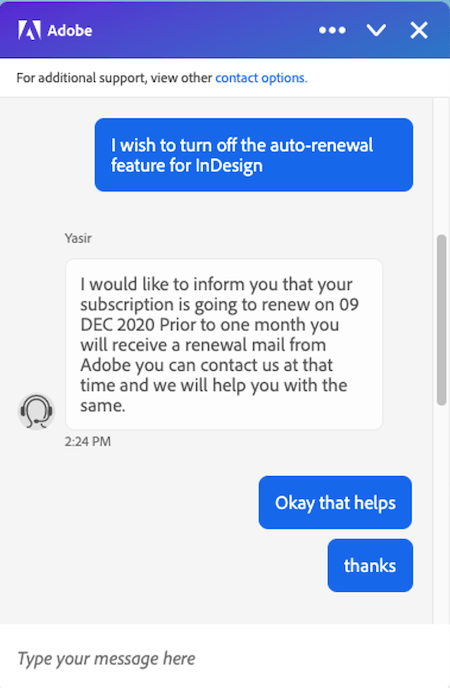








Comments
Please read our Comment Policy before commenting.